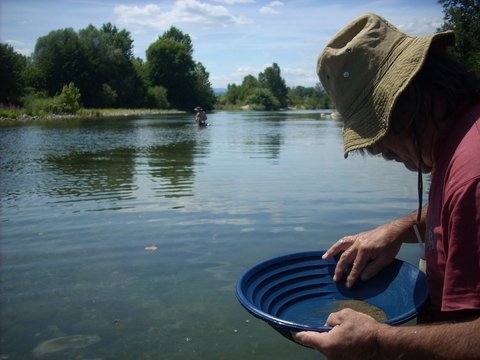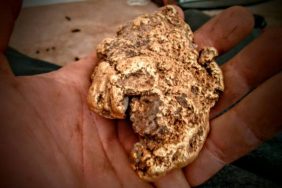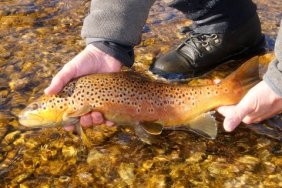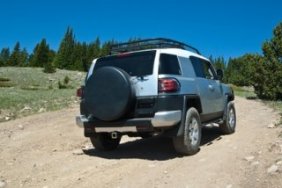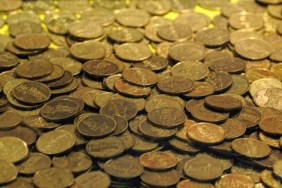On January 24, 1848, a guy named James W. Marshall found a gold nugget in the American River near Sutter’s Mill. That sparked a huge rush of prospectors to California. Over the next 10 years all hell broke loose as people came from every corner of the world to cash in.
Very few men actually became rich. Most went home broke or died despite the 750,000 pounds of gold taken out of the Sierra foothills.
They say that during that entire period, only about 30 percent of the gold was actually discovered. The rest is still there. Each year, thousands of people drive along the many rivers and streams of the Sierra Foothills, most unaware of the fact that there’s still gold in “them there hills!”
Considering that luck is the biggest part of finding gold, there are a few things to help you improve your chances if you decide to pick up a gold pan on your next trip.
They say that gold-rich streams have four elements:
- They should be unregulated (no dams)
- They should be in a mineral-rich area (look for black sand or layered rocks with quartz)
- They should fall steeply instead of being flat (gold hides in pools beneath falls and rapids)
- And they should have evidence of high water areas or steps formed when winter runoff was heavy. Gold can settle on these high water steps.
Even though this seems like a lot of information, it’s really pretty basic. Think of how heavy gold is and how heavy things settle to the bottom. As the streams and rivers flow through down the mountains, there are always pools beneath fast running water. Gold settles in these pools or where the water makes a bend.
It can also be in feeder streams even if there’s no water in them. Think of how the stream or river looked when it was flooding and you can usually make a pretty good guess as to where deposits might have settled. Black sand is a dead giveaway.
You can buy a gold pan (most are made of plastic these days) for a few bucks at any local hardware store in California’s Gold Country. Panning is as easy as scooping a bunch of sand up and swirling the pan around until the lighter rocks and sediment spills out. After a little practice you’ll (hopefully) see the heavy gold flakes at the bottom of the pan. A gentle touch works well.
So you probably won’t get rich after a few hours of gold panning, but it is a fun and different way to spend the afternoon. Most rivers in the Sierra Foothills allow panning and your kids will have a blast. Remember that finding gold is a game of luck if you know where to look for it and also think of the remaining 70% that has yet to be discovered. That always makes me excited!
Photo credit: Dreamstime
